Are you looking to maximize your workout routine and gain total-body strength and muscle growth? Compound exercises may be just what you need! As opposed to isolation exercises that work specific muscles, compound exercises work multiple muscle groups at once, making them more efficient and effective.
In this blog post, we will dive deeper into what compound exercises are, the benefits of incorporating them into your workout routine, and how to perform the top 5 compound exercises for total-body strength: barbell back squats, barbell deadlifts, barbell bench press, incline dumbbell press, and calf raises. We will also discuss how nutrition plays a vital role in muscle growth and suggest some mobility drills to improve your form.
What are Compound Exercises?
Compound exercises are exercises that involve multiple muscle groups and joints working together to perform a movement. These exercises are characterized by their ability to target multiple muscle groups simultaneously, making them highly efficient for strength training and functional fitness.
Unlike isolation exercises that focus on specific muscles or joints, compound exercises engage multiple muscles and joints, leading to greater overall muscle activation and coordination. They mimic real-life movements and often involve pushing, pulling, or lifting activities.
Compound vs. Isolation Exercises
Incorporating compound exercises into your workout routine is crucial for building strength training and muscle mass. These best compound movements work multiple muscle groups simultaneously, making them more efficient than isolation exercises that target a single muscle group.
Not only does this type of exercise help prevent plateauing, but it also translates into real-world movements and activities, improving coordination and balance. When included in your workout routine with isolation exercises, the benefits of compound exercises are amplified even further.
With proper nutrition and a consistent workout routine that includes the best compound lifts such as squats, deadlifts, bench presses, pull-ups or rows can lead to hypertrophy for muscles across several body parts.
Benefits of Compound Exercises
Compound exercises are exercises that work multiple muscle groups at the same time. They are a great way to build strength, muscle mass, and improve overall fitness. Here are some of the benefits of compound exercises:
- Build strength and muscle mass. Compound exercises are more effective for building strength and muscle mass than isolation exercises, which only work one muscle group at a time. This is because compound exercises require more force to perform, which forces the body to adapt by becoming stronger and more muscular.
- Burn more calories. Compound exercises burn more calories than isolation exercises. This is because they require more energy to perform, and they also tend to raise the heart rate more. Burning more calories can help you lose weight or maintain a healthy weight.
- Improve cardiovascular health. Compound exercises can help improve cardiovascular health by raising the heart rate and increasing blood flow. This can help reduce the risk of heart disease, stroke, and other chronic diseases.
- Improve flexibility. Compound exercises can help improve flexibility by increasing the range of motion in the joints. This can help reduce the risk of injuries and improve athletic performance.
- Improve coordination. Compound exercises require a high level of coordination, as they involve multiple muscle groups working together. This can help improve coordination and balance, which can be helpful in everyday activities and sports.
Top 5 Compound Exercises for Total-Body Strength and Muscle Growth
Compound exercises are multi-joint movements that engage multiple muscle groups simultaneously, making them highly effective for building total-body strength and muscle growth. Here are five top compound exercises and instructions on how to perform them:
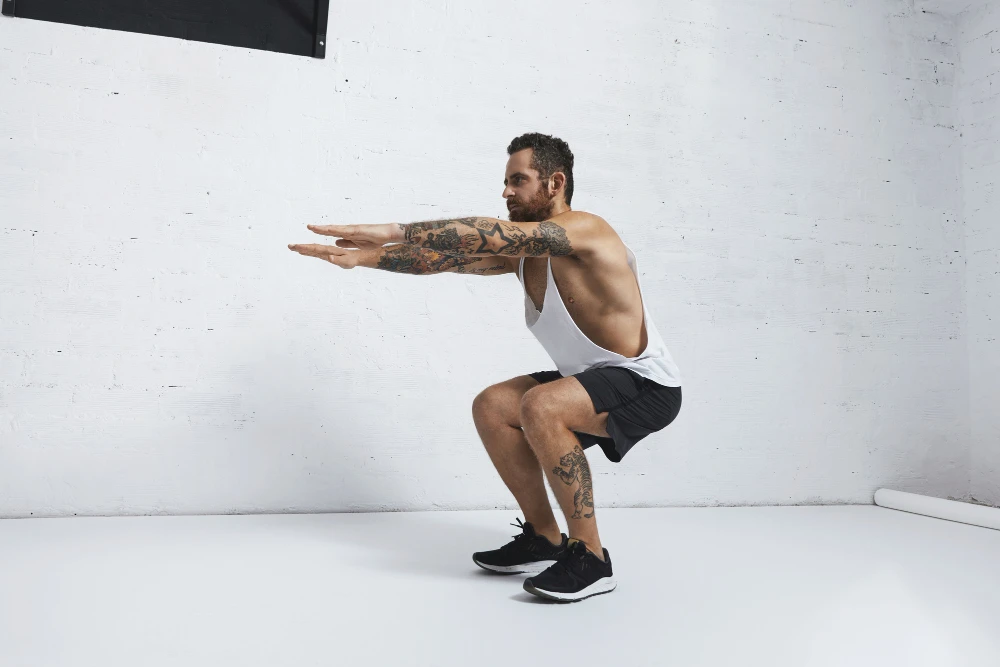
Squats:
- Stand with your feet shoulder-width apart and toes slightly pointed outward.
- Lower your body by bending your knees and hips, keeping your back straight.
- Descend until your thighs are parallel to the ground or slightly below.
- Push through your heels to return to the starting position.
- Keep your chest up, core engaged, and maintain a neutral spine throughout the movement.
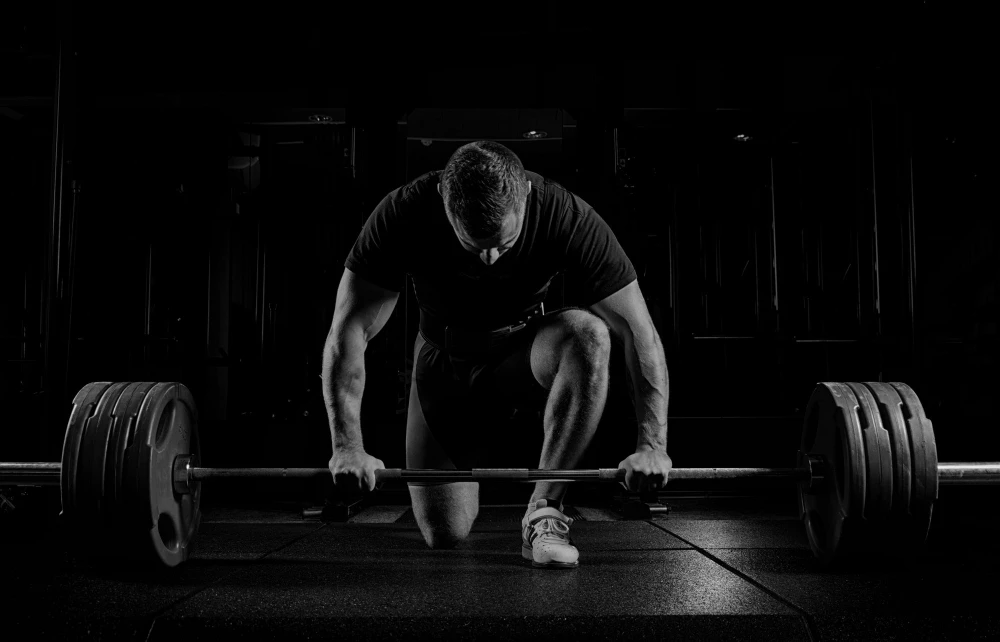
Deadlifts:
- Stand with your feet hip-width apart and the barbell on the ground in front of you.
- Bend your knees and hips, keeping your back straight, and grip the barbell with an overhand or mixed grip.
- Keep your chest up and your gaze forward.
- Drive through your heels, extend your hips, and stand up, lifting the barbell as you do so.
- Lower the barbell back down by bending your hips and knees, maintaining control throughout the movement.
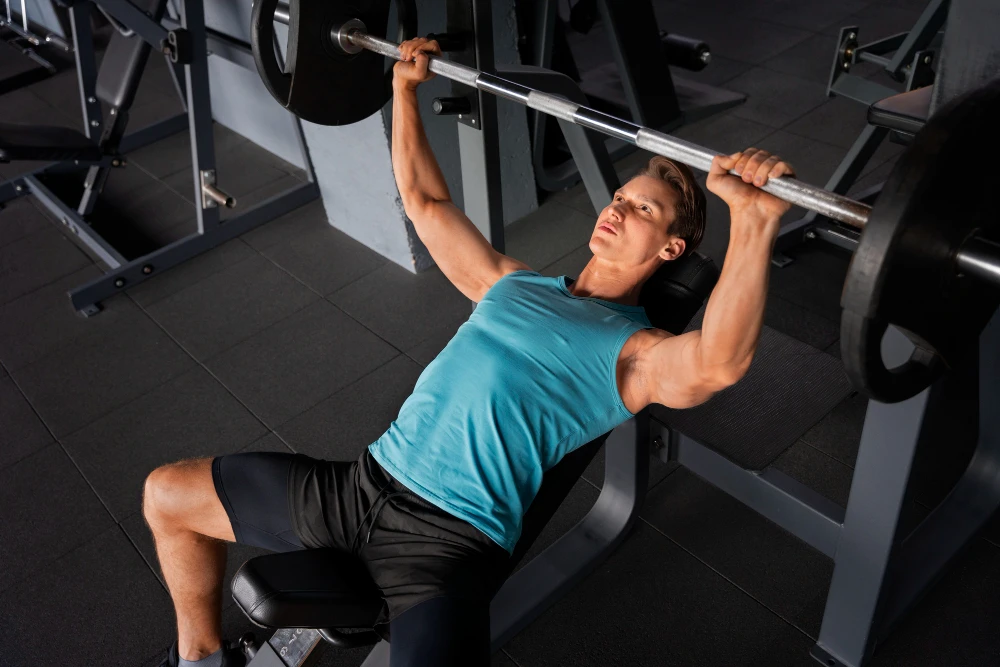
Bench Press:
- Lie on a flat bench with your feet firmly planted on the ground.
- Grip the barbell slightly wider than shoulder-width apart.
- Lower the barbell to your chest by bending your elbows, keeping them at a 45-degree angle.
- Push the barbell back up, extending your arms fully without locking your elbows.
- Keep your shoulder blades retracted and your core engaged throughout the exercise.
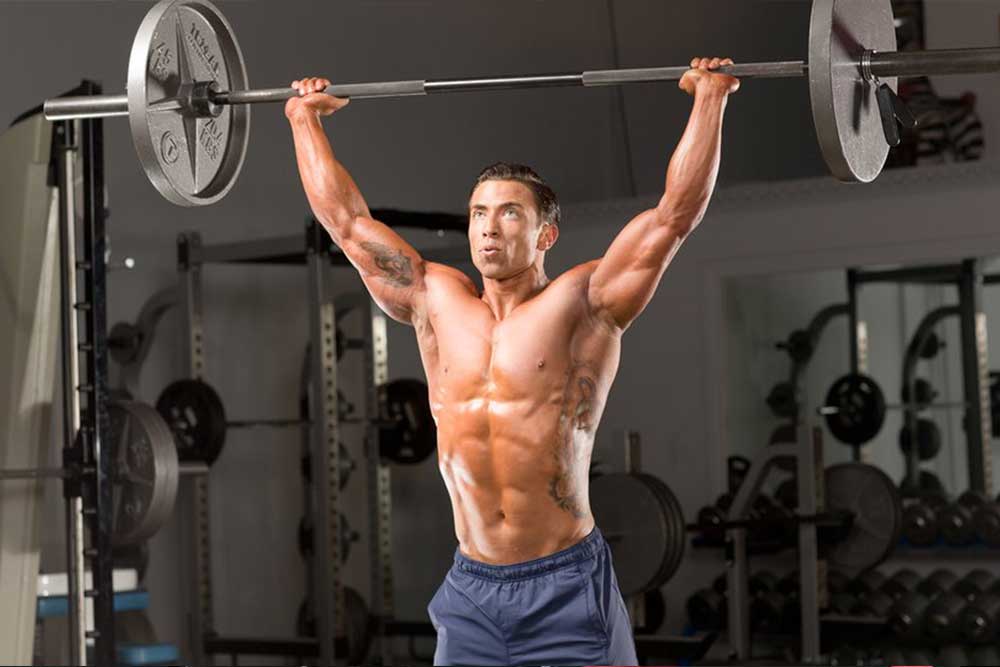
Overhead Press (Military Press):
- Stand with your feet shoulder-width apart and hold a barbell or dumbbells at shoulder level.
- Press the weight overhead by extending your arms upward until they are fully extended but not locked.
- Lower the weight back down to shoulder level.
- Keep your core engaged, and avoid excessive arching or leaning during the movement.
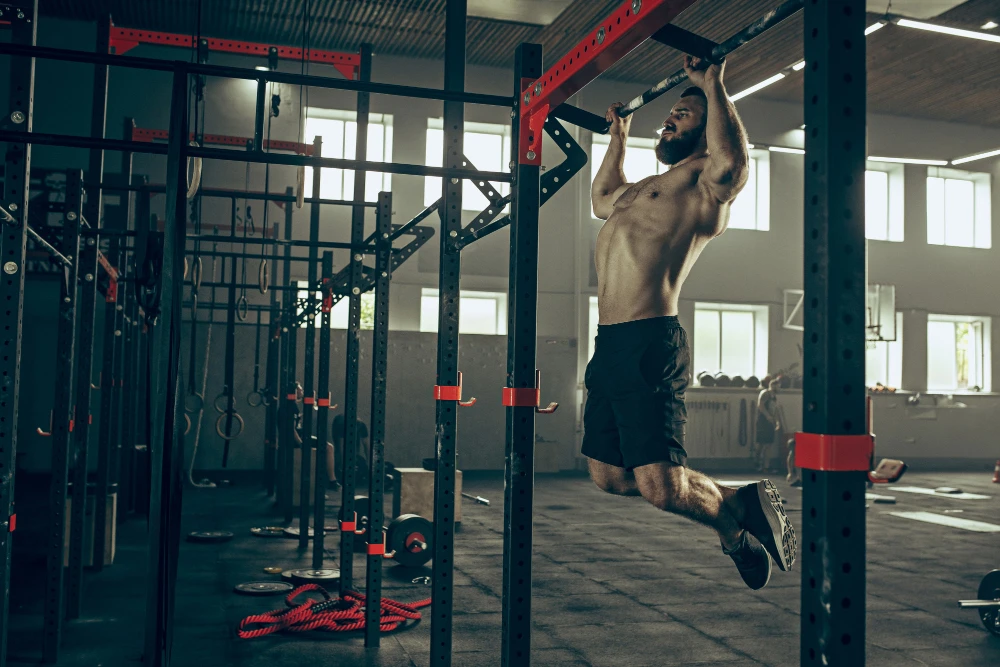
Pull-Ups:
- Grip a pull-up bar with an overhand grip, slightly wider than shoulder-width apart.
- Hang from the bar with your arms fully extended.
- Pull your body upward by engaging your back muscles and bending your elbows.
- Continue pulling until your chin is above the bar.
- Lower yourself back down with control, fully extending your arms.
- Engage your core and avoid excessive swinging during the exercise.
Remember, it’s important to use proper form and start with lighter weights to ensure safety and effectiveness. If you’re new to these exercises, consider working with a qualified trainer to ensure proper technique and progression.
How Many Reps and Sets for Compound Exercises?
The ideal number of reps and sets for compound exercises will vary depending on your fitness objectives. For muscle growth and strength, it’s recommended to do 3-4 sets of 8-12 reps. Conversely, higher reps (15-20) with lower weights are better for endurance and toning. Always warm up before starting.
How Nutrition Affects Muscle Growth?
Muscle growth depends on proper nutrition, including enough protein for tissue building and repair, as well as carbohydrates for energy during intense workouts. A balanced diet with sufficient macro and micronutrients is key to optimizing muscle growth.
How Many Calories to Eat for Muscle Growth?
The number of calories required for muscle growth depends on various factors, including age, gender, weight, and activity level. A general guideline is to consume 250-500 calories more than your maintenance level and ensure adequate protein intake. It’s best to consult a nutritionist or healthcare professional for personalized recommendations.
What Are Bodyweight Compound Exercises?
Bodyweight compound exercises are exercises that work multiple muscle groups at the same time. They are a great way to build strength, muscle, and endurance, and they can be done anywhere without any equipment.
Some examples of bodyweight compound exercises include:
- Push-ups: Work your chest, triceps, and shoulders.
- Squats: Work your quads, hamstrings, and glutes.
- Lunges: Work your quads, hamstrings, glutes, and core.
- Pull-ups: Work your back and biceps.
- Planks: Work your core.
When doing bodyweight compound exercises, it is important to focus on proper form. This will help to prevent injuries and ensure that you are getting the most out of your workout.
Here are some tips for doing bodyweight compound exercises with proper form:
- Warm up before you start. This will help to prevent injuries.
- Use a full range of motion. This will help to target all of the muscles involved in the exercise.
- Control the movement. Don’t just let your body fall into the correct position.
- Slow down the eccentric (lowering) phase of the movement. This will help to build strength.
- Take breaks when you need them. Don’t push yourself too hard, or you could end up injured.
Bodyweight compound exercises are a great way to get in a full-body workout without any equipment. They are also a great way to improve your functional fitness, which is the ability to perform everyday tasks with ease.
If you are new to exercise, start with a few bodyweight compound exercises and gradually increase the number of repetitions and sets as you get stronger. You can also add weight to the exercises as you get stronger.
If you are looking for a more challenging workout, you can try doing bodyweight compound exercises with a partner. You can also try doing bodyweight compound exercises with a resistance band.
No matter what your fitness level, bodyweight compound exercises are a great way to improve your strength, muscle, and endurance.
Let’s Sum Up
Incorporating compound exercises into your workout routine is an excellent way to build total-body strength and muscle growth. These exercises work multiple muscle groups simultaneously, which means you get more bang for your buck. Not only do they help in building functional strength, but they also burn more calories and boost your metabolism. Proper nutrition and mobility drills are essential to support muscle growth, and it’s crucial to maintain good coordination and balance throughout the movements.


